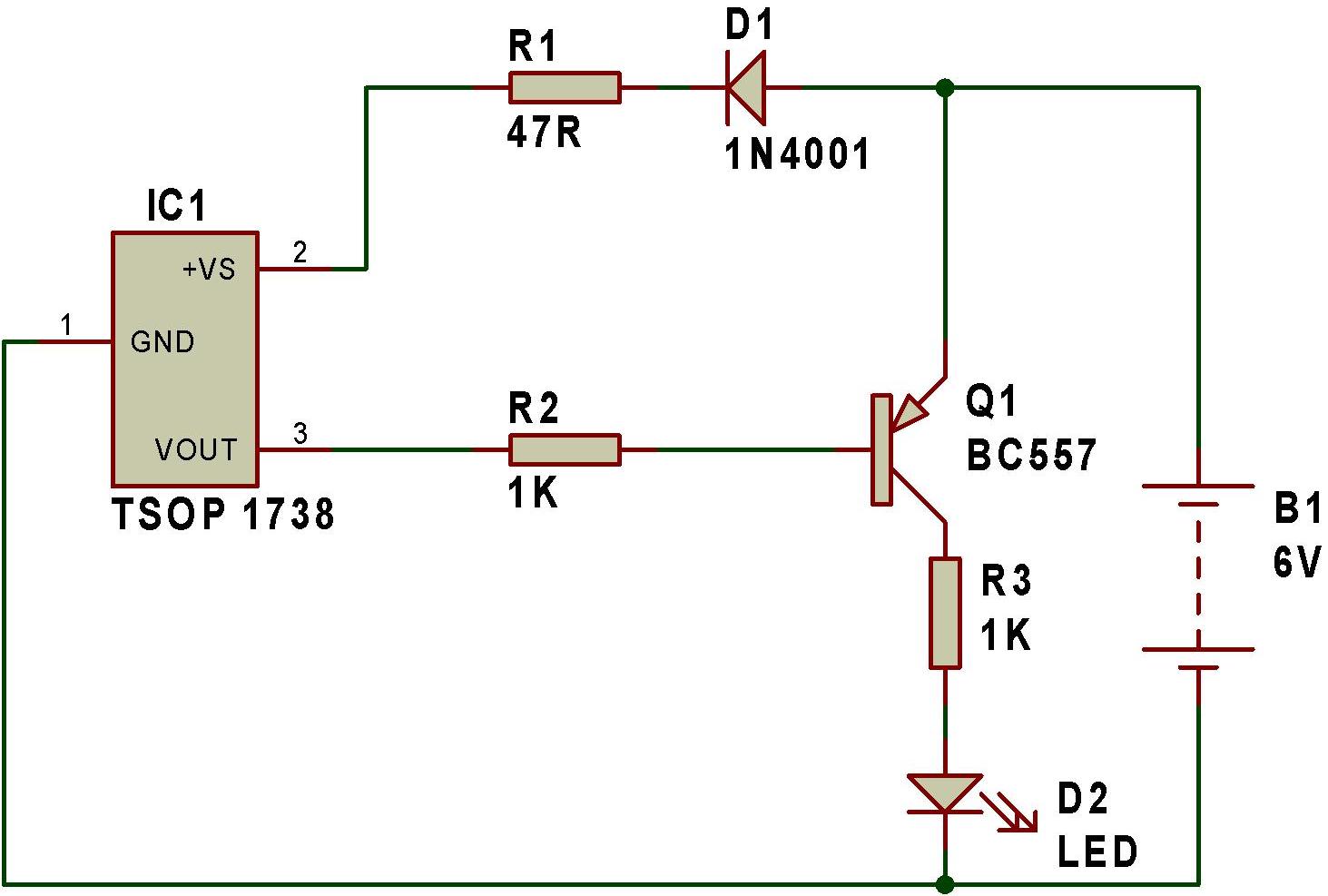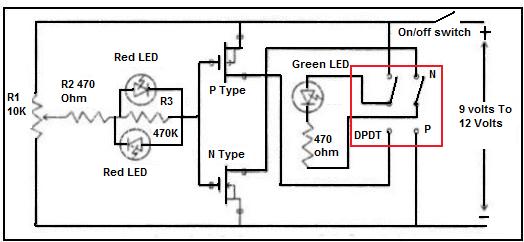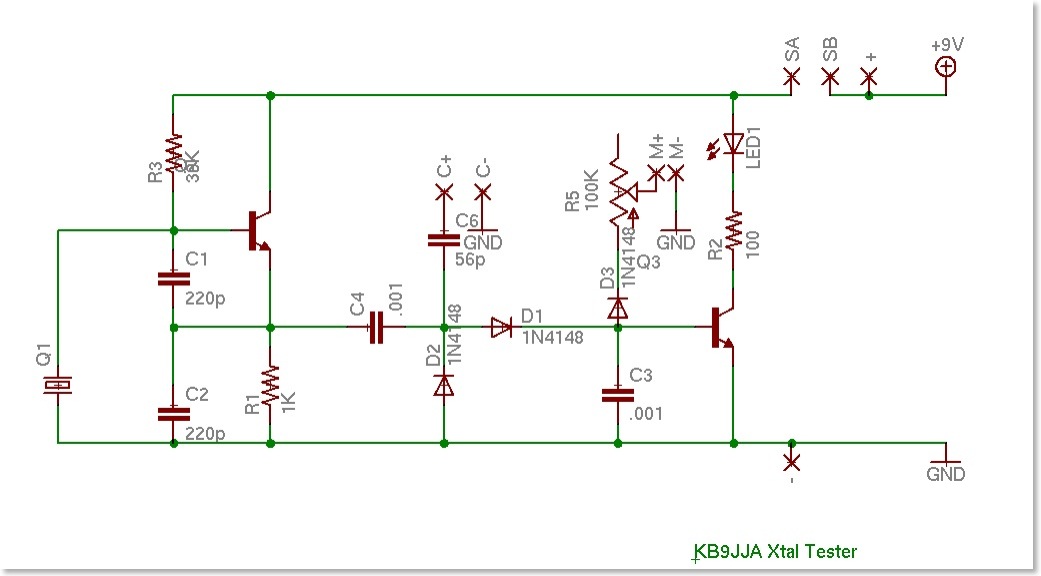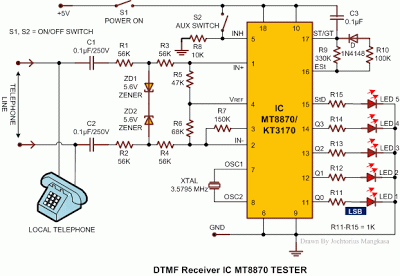
Thyristor Tester

The circuit depicted in the diagram serves as a useful tool for quickly testing various types of thyristors, including SCRs and triacs. When testing triacs, it is capable of evaluating all four quadrants of operation.
The presented circuit is designed to facilitate the rapid assessment of thyristor devices, specifically Silicon Controlled Rectifiers (SCRs) and triacs. The functionality of the circuit allows for comprehensive testing across all four quadrants of triac operation, which is essential for understanding the behavior of these devices under different electrical conditions.
The schematic typically includes a power supply, a control mechanism (such as a microcontroller or manual switch), and various test points connected to the thyristor being evaluated. The power supply provides the necessary voltage and current levels required for testing, while the control mechanism enables the user to switch between different testing modes.
For SCR testing, the circuit may employ a gate trigger circuit to initiate the conduction state of the SCR. This is crucial for determining the gate sensitivity and the holding current of the device. For triac testing, the circuit should be capable of applying voltage in both polarities and at various phase angles to verify the device's performance in all four quadrants.
In addition, the circuit may feature indicators such as LEDs or a digital display to provide real-time feedback on the operational status of the thyristor being tested. This immediate visual confirmation aids in diagnosing faults or verifying the functionality of the device.
Overall, this thyristor testing circuit is an essential tool for engineers and technicians working with power electronics, ensuring that thyristors are functioning correctly before being integrated into larger circuits or systems.The circuit in the diagram is a very handy tool for rapidly checking all kinds of thyristor (SCR, triac, ). In case of a triac, all four quadrants are te.. 🔗 External reference
The presented circuit is designed to facilitate the rapid assessment of thyristor devices, specifically Silicon Controlled Rectifiers (SCRs) and triacs. The functionality of the circuit allows for comprehensive testing across all four quadrants of triac operation, which is essential for understanding the behavior of these devices under different electrical conditions.
The schematic typically includes a power supply, a control mechanism (such as a microcontroller or manual switch), and various test points connected to the thyristor being evaluated. The power supply provides the necessary voltage and current levels required for testing, while the control mechanism enables the user to switch between different testing modes.
For SCR testing, the circuit may employ a gate trigger circuit to initiate the conduction state of the SCR. This is crucial for determining the gate sensitivity and the holding current of the device. For triac testing, the circuit should be capable of applying voltage in both polarities and at various phase angles to verify the device's performance in all four quadrants.
In addition, the circuit may feature indicators such as LEDs or a digital display to provide real-time feedback on the operational status of the thyristor being tested. This immediate visual confirmation aids in diagnosing faults or verifying the functionality of the device.
Overall, this thyristor testing circuit is an essential tool for engineers and technicians working with power electronics, ensuring that thyristors are functioning correctly before being integrated into larger circuits or systems.The circuit in the diagram is a very handy tool for rapidly checking all kinds of thyristor (SCR, triac, ). In case of a triac, all four quadrants are te.. 🔗 External reference





